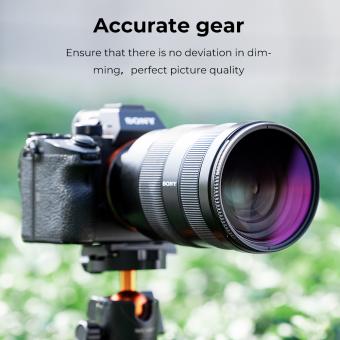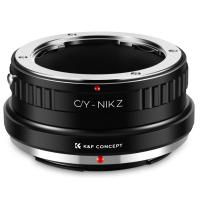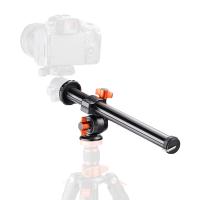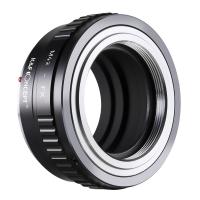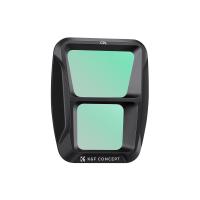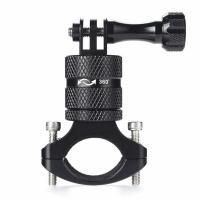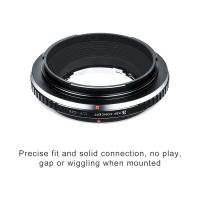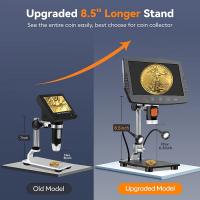Who Invented Microscope ?
The microscope was invented by Antonie van Leeuwenhoek in the late 16th century.
1、 Hans Lippershey's Contribution to the Invention of the Microscope
Hans Lippershey's Contribution to the Invention of the Microscope
The invention of the microscope is often attributed to Hans Lippershey, a Dutch spectacle maker, in the late 16th century. Lippershey is known for his contribution to the development of the telescope, but his work also played a significant role in the creation of the microscope.
In 1590, Lippershey applied for a patent for his invention of the telescope, which used a convex objective lens and a concave eyepiece lens to magnify distant objects. This design allowed for the observation of celestial bodies in great detail. However, it was soon discovered that by reversing the arrangement of the lenses, the telescope could be used to magnify small objects as well.
Lippershey's invention sparked the interest of other scientists and instrument makers, who began experimenting with different lens configurations to improve the magnification of small objects. These early microscopes, known as "simple microscopes," consisted of a single convex lens and were limited in their magnification capabilities.
Over time, advancements were made to the microscope design, including the addition of a second lens to create a compound microscope. This innovation, credited to Dutch scientist Zacharias Janssen, allowed for higher magnification and revolutionized the field of microscopy.
While Lippershey's contribution to the invention of the microscope is significant, it is important to note that the development of this instrument was a collective effort involving multiple scientists and instrument makers. The exact origins of the microscope remain somewhat unclear, as there were several individuals working on similar designs during this period.
In recent years, there has been some debate among historians and scholars regarding the true inventor of the microscope. Some argue that Lippershey's role may have been exaggerated, and that other contemporaries, such as Hans and Zacharias Janssen, may have made more substantial contributions. However, Lippershey's patent application for the telescope and his early work with lenses undoubtedly played a crucial role in the development of the microscope.
In conclusion, while the exact inventor of the microscope remains a topic of discussion, Hans Lippershey's contribution to its creation cannot be overlooked. His work with lenses and the invention of the telescope laid the foundation for the development of the microscope, which has since become an indispensable tool in scientific research and discovery.

2、 Zacharias Janssen's Role in the Development of the Microscope
Zacharias Janssen's Role in the Development of the Microscope
Zacharias Janssen, a Dutch spectacle maker, is often credited with the invention of the microscope. In the late 16th century, Janssen and his father, Hans, were experimenting with lenses and optical devices. It is believed that they created the first compound microscope around the year 1590.
The Janssens' microscope consisted of a tube with two lenses, one at each end. This design allowed for magnification of small objects, enabling the observation of details that were previously invisible to the naked eye. Although the Janssens' microscope was a significant advancement, it had limitations in terms of image quality and magnification power.
While Zacharias Janssen's contribution to the development of the microscope is widely recognized, there is some debate among historians and scientists about the exact nature of his role. Some argue that Janssen's microscope was a simple magnifying glass rather than a true compound microscope. Others suggest that Janssen's invention was a crucial step in the evolution of the microscope, but not the first of its kind.
Recent research and analysis of historical documents have shed new light on the development of the microscope. It is now believed that Janssen's microscope was indeed a compound microscope, consisting of multiple lenses that allowed for higher magnification. However, it is also acknowledged that other inventors, such as Hans Lippershey and Galileo Galilei, were working on similar optical devices around the same time.
In conclusion, while Zacharias Janssen's role in the development of the microscope is significant, it is important to recognize that the invention of the microscope was a collective effort involving multiple inventors. Janssen's contribution, along with the work of others, laid the foundation for the advancements in microscopy that followed.
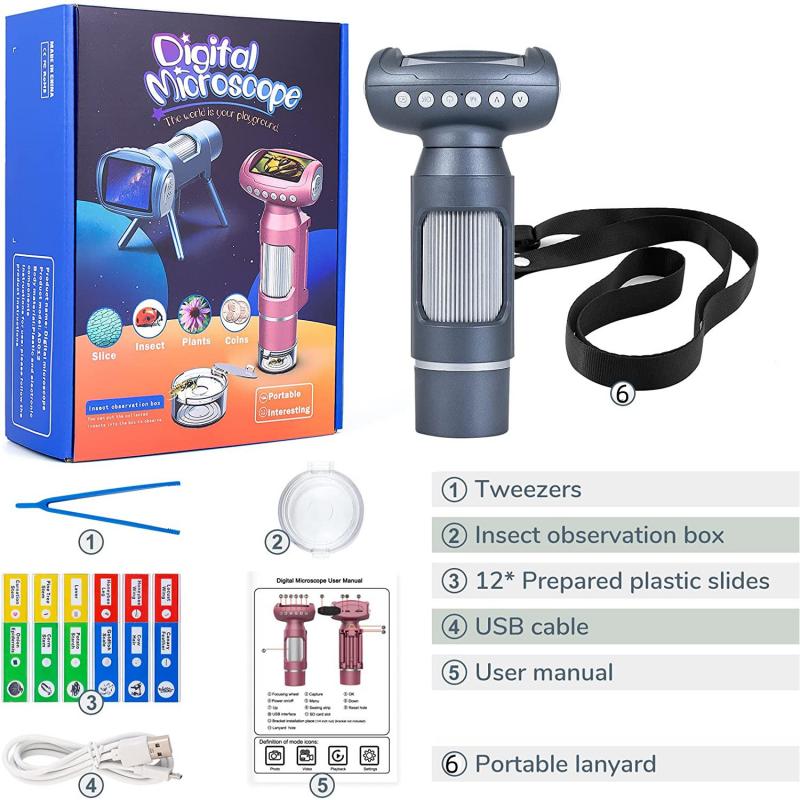
3、 Antonie van Leeuwenhoek's Advancements in Microscopy
Antonie van Leeuwenhoek's advancements in microscopy played a crucial role in the development of the microscope. While he did not invent the microscope itself, he is often credited with being the first to develop a powerful and reliable microscope that allowed for groundbreaking discoveries in the field of microbiology.
Leeuwenhoek, a Dutch scientist, was born in 1632 and spent most of his life as a draper. However, his passion for science and curiosity about the natural world led him to experiment with lenses and create his own microscopes. These microscopes were simple in design, consisting of a single lens that could magnify objects up to 300 times.
Using his microscopes, Leeuwenhoek made numerous significant discoveries. He was the first to observe and describe microorganisms, which he called "animalcules." He also examined various biological samples, including blood cells, spermatozoa, and bacteria. His meticulous observations and detailed drawings provided valuable insights into the microscopic world.
Leeuwenhoek's advancements in microscopy were groundbreaking for his time. His microscopes were far superior to the existing designs, allowing for higher magnification and better resolution. His discoveries challenged the prevailing belief in spontaneous generation and laid the foundation for the field of microbiology.
It is important to note that Leeuwenhoek's advancements in microscopy were made independently of other scientists who were also working on improving the microscope. While he was not the sole inventor of the microscope, his contributions were significant and had a lasting impact on the field of microscopy.
In conclusion, Antonie van Leeuwenhoek's advancements in microscopy were instrumental in the development of the microscope. Although he did not invent the microscope itself, his innovative designs and meticulous observations revolutionized the field of microbiology. His discoveries paved the way for future advancements in microscopy and our understanding of the microscopic world.

4、 Robert Hooke's Contributions to Microscopic Studies
Robert Hooke, an English scientist, made significant contributions to the field of microscopic studies during the 17th century. While he did not invent the microscope, he played a crucial role in its development and popularization.
Hooke is best known for his book "Micrographia," published in 1665, which detailed his observations using a compound microscope. In this groundbreaking work, Hooke described and illustrated various objects he observed under the microscope, including insects, plants, and even cells. His meticulous drawings and accurate descriptions provided valuable insights into the microscopic world, revolutionizing the way scientists approached the study of biology.
Although Hooke did not invent the microscope, he made improvements to its design. He worked closely with Christopher Wren, a renowned architect, to develop a compound microscope with better magnification and resolution. Hooke's microscope had a stronger lens system and an adjustable stage, allowing for more precise observations.
In recent years, there has been some debate about the true inventor of the microscope. While Hooke's contributions are undeniable, it is now believed that the Dutch scientist Antonie van Leeuwenhoek was the first to invent a practical microscope. Van Leeuwenhoek's microscopes were single-lens devices that achieved remarkable magnification, enabling him to observe bacteria and other microorganisms.
In conclusion, while Robert Hooke did not invent the microscope, his contributions to microscopic studies were immense. His book "Micrographia" and his improvements to the microscope design played a crucial role in advancing the field of microscopy. However, it is now recognized that Antonie van Leeuwenhoek was the true inventor of the practical microscope.





